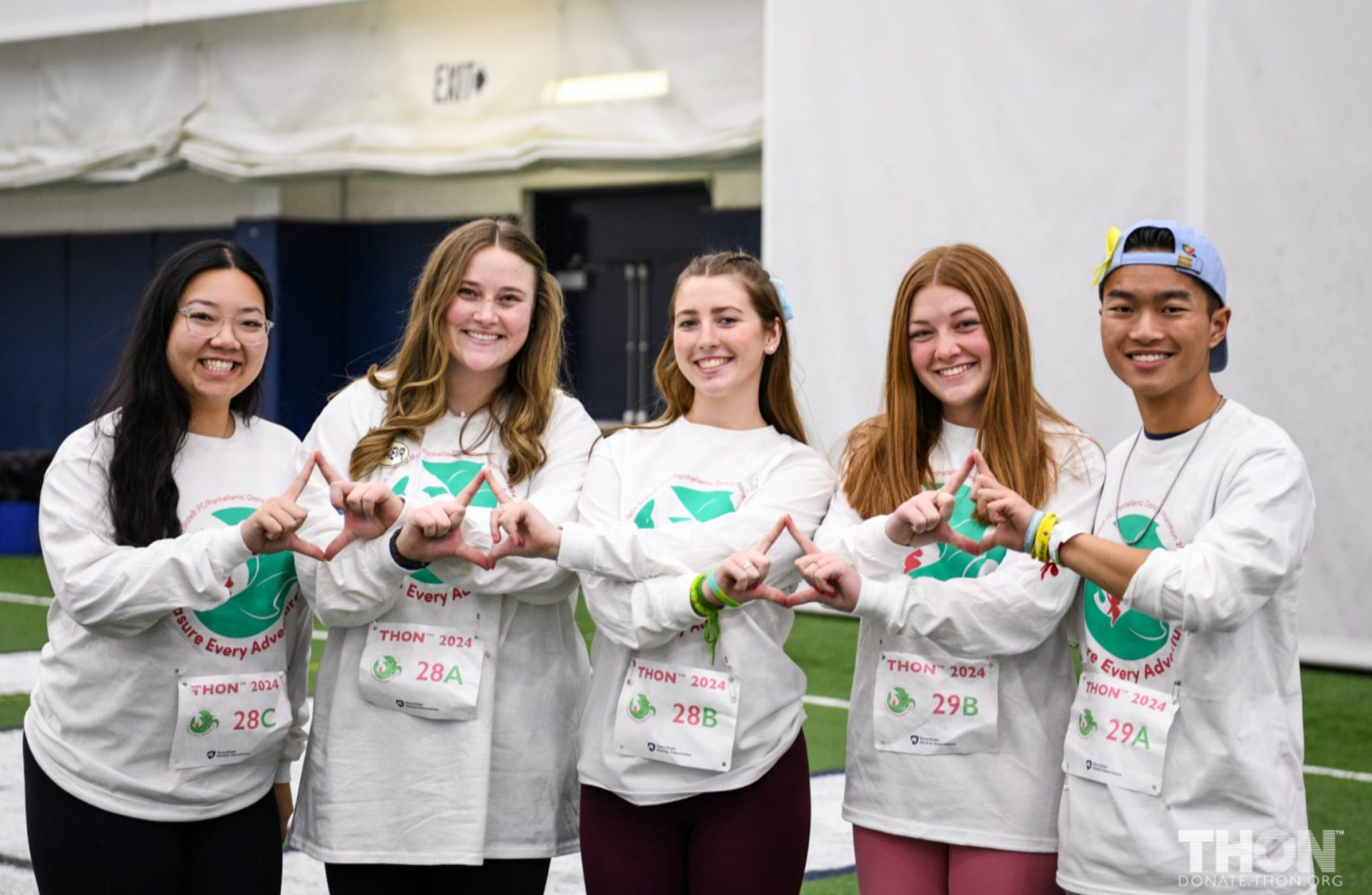
More than 16,500 student volunteers dedicate an average of 15 hours per week to THON related events and activities throughout the year. There are a multitude of ways for Penn State students to get involved and make a difference in the life of a child.

More than 400 student organizations across campus are involved with THON, including multiple Special Interest Organizations whose sole mission is to fundraise for THON. These organizations give students the opportunity to actively fundraise For The Kids® every day, and elect representatives to dance for 46 hours on behalf of their organization during THON Weekend! Every year, thousands of Penn State students work tirelessly across all campuses to support the kids and their families.

Committee Members play a key role in helping THON fulfill its mission of conquering childhood cancer. As Committee Members, students spread THON’s mission and plan for THON events as part of a team that is dedicated to making THON a success year after year. Committee Member applications are open on September 9 and will close September 19. Visit think.thon.org to fill out an application or email communications@thon.org to learn more.

THON Captains are hardworking and motivated leaders in the THON community. As a Captain, students take an active role in the planning of THON events throughout the year. Captain Applications are accepted in late April and late August each year, depending on available positions. Visit
think.thon.org to view available Captain positions and to fill out an application or email communications@thon.org to learn more.

Every year, independent dancer couples are given the opportunity to dance THON Weekend without affiliation to a certain organization. Dancers are chosen through a weighted lottery, with chances determined by the amount of money that you and your dancing partner raise during the year. Visit the THON Office or email organizations@thon.org to register and ask any questions that you may have.

Are you and your friends passionate about supporting THON throughout the year? Are you not affiliated with a group that already participates in THON? You can start your own organization! There are countless numbers of students on campus who want to get involved. With the right structure and motivation, the Communications Committee has the resources to help get you on your feet and have a successful year For The Kids®. Starting a new organization can be a truly rewarding challenge to take on. All organizations must be recognized by the University in order to participate in THON.

Do you have a talent you want to share during THON Weekend 2025? Applications to audition are LIVE on think.thon.org. Apply today if you would like to have the opportunity to perform during THON Weekend this year!
Please direct any questions to the Communications Director: communications@thon.org
To ensure that THON is able to donate 96 cents of every dollar raised to Four Diamonds at Penn State Health Children’s Hospital, we heavily rely on donor support. These donations provide us the resources to create endless memories for our Four Diamonds families & foster a deep love & connection to our mission for our volunteers through Pre-THON Events, alternative fundraisers, & THON Weekend.
